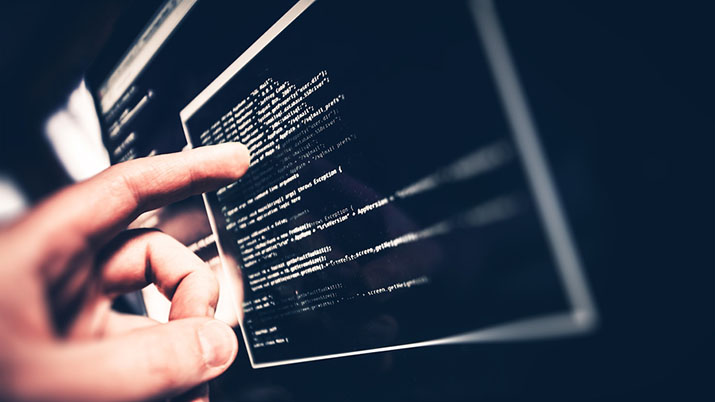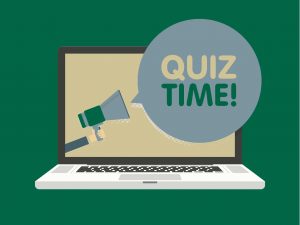Health Level Seven, otherwise known as HL7, is an accredited protocol for handling the exchange of information related to clinical and administrative healthcare data.
It’s basically a roadmap for presenting and communicating information between two or more parties, while ensuring that technology provides for seamless exchange and integration of the data transmitted.
HL7’s standards can best be understood by examining their specific reference categories, per Health Level Seven International’s website (hl7.org):
- Primary Standards: These represent the most popular standards used for system integration, interoperability and compliance.
- Foundational Standards: These explain and define the tools used to craft the standards, and the infrastructure technology that people who implement HL7 standards must understand and manage.
- Clinical and Administrative Domains: This category refers to specific messaging and document standards related to clinical specialties and groups, and typically follow implementation of Primary Standards.
- EHR Profiles: When managing electronic health records, this section offers models and profiles.
- Implementation Guides: This is where reference and support documents created to be used in concert with existing standards are housed. Data in this category exists to supplement one of the established standards.
- Rules and Reference: This category includes technical specifications, programming structures and guidelines for developing software and standards.
- Education & Awareness: HL7’s DSTU (Draft Standards for Trial Use), as well as current projects, resources and more are maintained in this category.
Understanding HL7 is important because the standards process is now expanding outside the Information Technology community and becoming accessible to healthcare professionals, ranging from physicians to pharmacists.
Whereas the initial thrust was to utilize HL7 to assist with the federally-mandated exchange of health care data between providers, by establishing standards for how patient information would be structured and shared, the process continued to evolve with an updated third version released in 2012.
One addition, the “Z segment,” represented a catch-all for clinical and patient data that otherwise might not fit the specific segments of HL7’s second version.
HL7 also utilizes different types of messaging such as ADT (for “admit discharge transfer”), which records patient demographics and medical visit data, according to Healthcare IT News. Such messages share data about patient admissions, discharges and transfers between systems. ORM, or general order messages, are used to request clinical materials and typically are associated with individual patients. ORU, or observational report messages, contain vital data and analysis from medical procedures, including test results and imaging.
In 2016, the focus turned to HL7 FHIR, which is short for the Fast Healthcare Interoperability Resource standard. This new platform is expected to streamline the process of information sharing between healthcare agencies.
FHIR, according to a June 2016 article on the website Healthcare Informatics, is similar to the technology used by Facebook, Google and other leading web content providers.
Healthcare experts expect that in the near future users will rely on a hybrid of standards culled from HL7 versions 2 and 3, as well as Consolidated-Clinical Document Architecture (C-CDA).
One advantage of FHIR, according to Dr. Russell Leftwich, a clinical informaticist and a member of the HL7 international board, is that it can be easier to manipulate and search, and the platform is accessible from mobile devices, such as tablets and smart phones. Leftwich called FHIR the glue holding together the different standards, such as HL7.
An average hospital in the U.S. can have nearly 100 different IT systems being used throughout the facility. Some of the older systems utilize older standards. Whereas the process to interface those older systems with HL7 version 2 or C-CDA can take weeks, FHIR can bridge the interface in days, and sometimes within just hours.
That technology will be a huge benefit to healthcare providers as the push to transition to a national network of data sharing continues.



